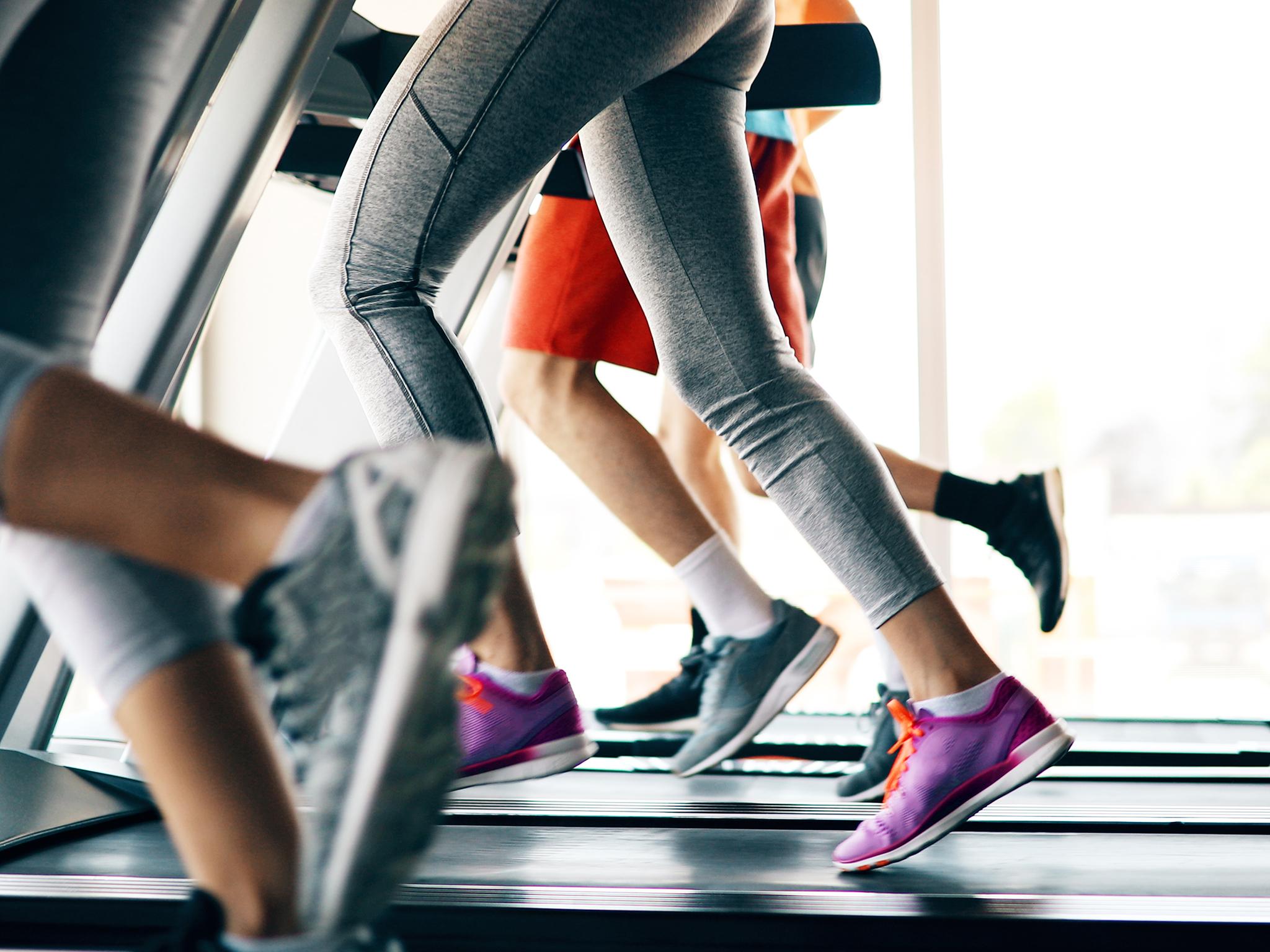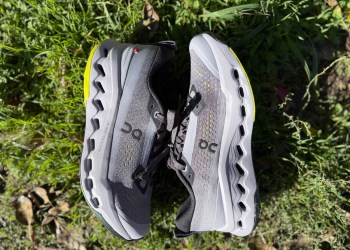Sign up to our free Living Well email for advice on living a happier, healthier and longer life
Live your life healthier and happier with our free weekly Living Well newsletter
Live your life healthier and happier with our free weekly Living Well newsletter

Running has a huge number of benefits. The popular workout can prevent disease, improve mental health and even slow the biological ageing process.
But around 31% of us aren’t regularly doing enough physical activity – including going for a run. The most commonly cited barrier to exercise is a lack of time.
But what if all the benefits of running could be had, but in a fraction of the time? This is where interval running comes in.
Interval running is a form of high-intensity interval training (HIIT). HIIT has been around for almost a century, but gained popularity throughout the 90s and 2000s thanks to workouts such as Tabata (20 seconds of intense exercise, ten seconds of rest) and CrossFit (a high-intensity workout that combines weightlifting, gymnastics and cardio).
The key aspect of HIIT is alternating between bursts of highly intense exercise followed by periods of rest or low-intensity exercise. For instance, during a regular HIIT workout, you might perform 30 seconds of burpees at your maximum effort before resting for 30 seconds. The move is then repeated a few times.

open image in gallery
HIIT principles can also easily be applied to your regular runs if you’re looking to reap the benefits of this workout but in a shorter time frame.
For instance, with the “10-20-30 method”, runners start with 30 seconds of jogging or walking, followed by 20 seconds of running at a moderate pace – then finishing with a ten second sprint.
Or, the “fartlek” method (Swedish for “speed play”) is another easy way to get into interval running. This involves mixing in a few sprints during your jog instead of just keeping a steady pace.
The benefits of intervals
Interval running HIIT workouts can have numerous benefits – including for your cardiovascular system, your metabolism and your body composition (how much fat you have and where it’s stored).
For instance, research has shown that in overweight and obese people, sprints provided even greater gains in a specific aspect of cardiovascular fitness when compared with those who did a regular, steady pace run. The participants who performed sprints saw greater improvements in their V̇O₂ max – the amount of oxygen the body is able to use to fuel intense exercise.
In those who already run regularly, a 12-week trial found that adding HIIT workouts to a weekly endurance run for 12 weeks improved V̇O₂ peak to a greater extent than when they did longer continuous runs. V̇O₂ peak is a measure of cardiovascular fitness which shows your cardiovascular capacity. A bigger V̇O₂ peak is helpful for performance and also reduces the risk of death from any cause.

open image in gallery
Research has also shown that interval walking and running have a more potent effect on your metabolic health – specifically the regulation of blood glucose levels, which can help lower risk of type 2 diabetes – than a continuous walk does.
HIIT workouts such as the 10-20-30 method have a greater effect on the energy-producing parts of our cells (known as the mitochondria) than continuous exercise. This means greater stamina and lower risk of diabetes and cardiovascular disease. The 10-20-30 method also has the benefit of reducing our “bad cholesterol” and blood pressure more than continuous running does. This means reduced risk of cardiovascular disease.
Finally, while both continuous running and HIIT can reduce visceral fat levels – the dangerous fat stored around our organs – HIIT can do this in a more time-efficient way.
In each of these instances, the benefits are accrued in a fraction of the time it would take with a conventional run. As little as 18 minutes of sprint interval runs three times a week can lead to health benefits.
How to get started
If you’re keen to give interval running a try, there are a few different ways you can get started.
If you normally run outdoors, you can try sprinting from one lamp post to the next – then recovering by walking or jogging to the next lamp post before sprinting again. This is a form of fartlek training.
In a gym setting, this can be done using both a non-motorised treadmill or a traditional motorised treadmill. The latter usually has interval training programmes that you can select – allowing for sprints then recovery. This can also be done with walking.
About the author
Christopher Gaffney is a Senior Lecturer in Integrative Physiology at Lancaster University.
This article is republished from The Conversation under a Creative Commons license. Read the original article.
Sprints can be completed for just a few seconds to a couple of minutes. The key with interval running is to get your heart rate towards 90% of your maximum during the “intense” part to get the most benefits. Ensure you recover sufficiently between sprints.
Like with any exercise programme, it’s important to build up your activity levels over time.
If you’ve been sedentary for a few years, jumping immediately into interval running probably isn’t a good idea.
It’s also sensible to consult with your GP before starting new exercise regimes, particularly if you have any medical conditions. For instance, HIIT can actually increase blood sugar levels, resulting in hyperglycaemia in those with diabetes, so they should definitely speak to their doctor before giving this a try.
A good rule of thumb is try adding in a few sprints during your next run – be that for a few seconds to a minute. In two to three months, you’ll probably start to see the benefits.
Or, if you don’t care to try sprints, you could do the “10-20-30” method during your runs, or try “Jeffing” (the run a bit, walk a bit method).
Increasing the intensity even just a little bit occasionally during your runs can lead to numerous benefits for your health and fitness.














